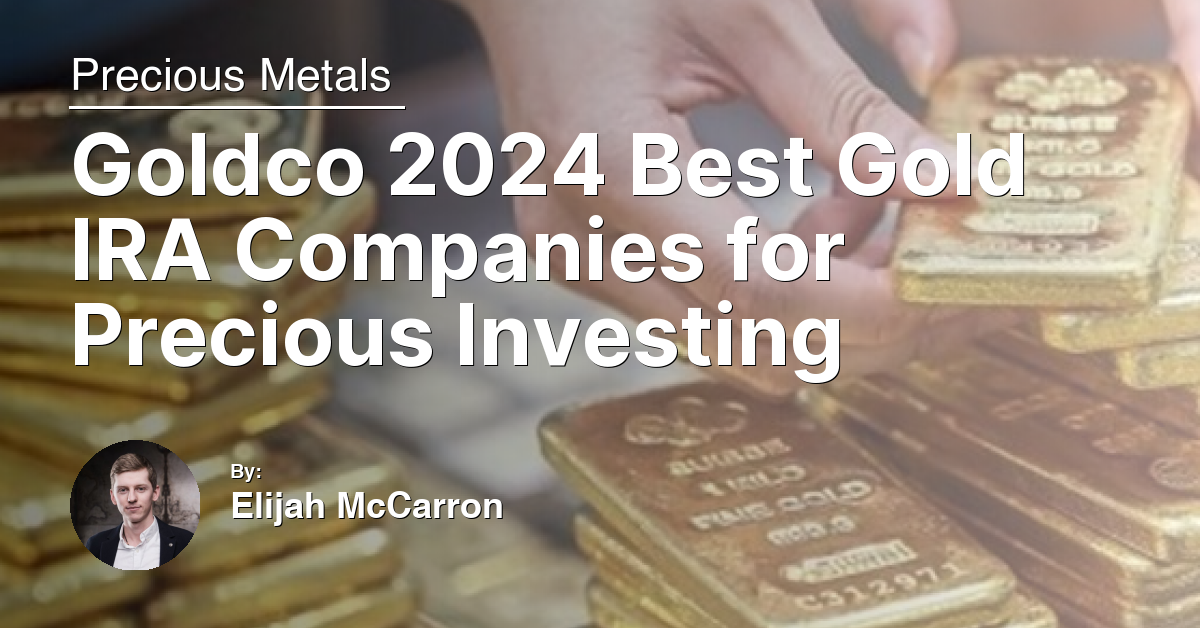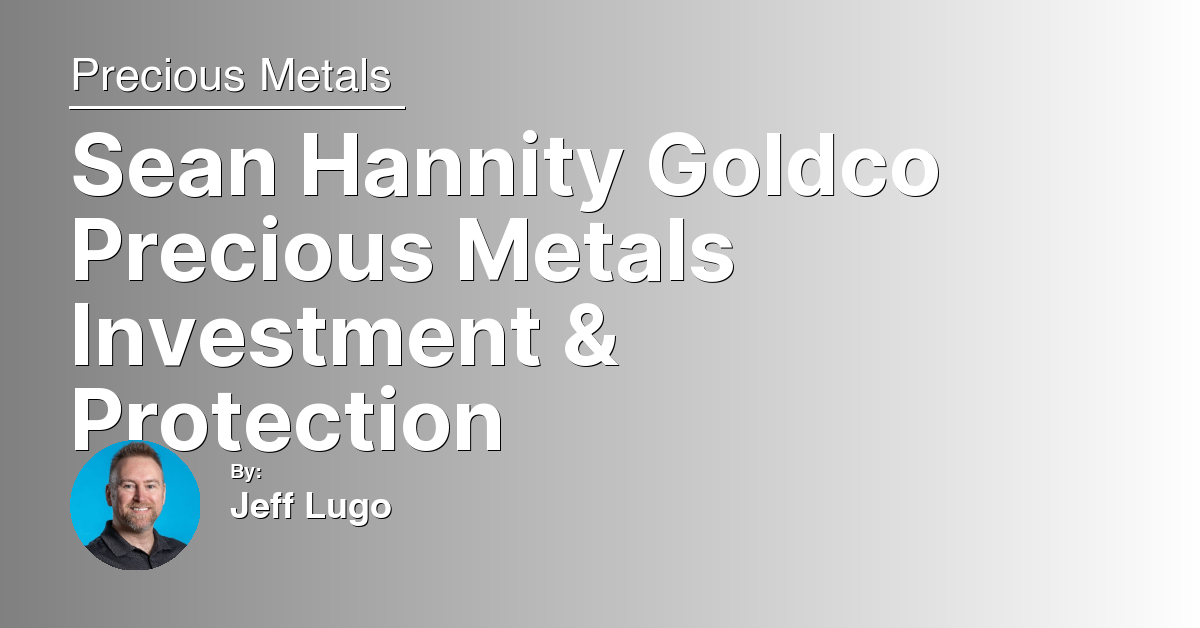Diving into the world of investing can be both thrilling and intimidating, especially when it involves precious metals like gold, silver, platinum, and palladium. These timeless assets have fascinated humanity for centuries, not just for their beauty but for their ability to act as a hedge against inflation and economic uncertainty. This guide is designed to simplify the complex world of precious metals investing for beginners, providing you with the foundational knowledge you need to start building a glittering and resilient portfolio. Whether you’re drawn to the allure of gold, the versatility of silver, the rarity of platinum, or the industrial demand for palladium, this article will illuminate the path towards making informed and strategic investment choices in these valuable commodities.
Why Invest in Precious Metals?
Investing in precious metals like gold, silver, platinum, and palladium offers a hedge against inflation and currency devaluation. These metals retain their value over time, making them a stable investment option. They provide diversification for an investment portfolio, reducing risk by not being tied to the stock market’s volatility.
Precious metals are in demand across various industries, from jewelry to electronics, and new technological applications, such as in electric batteries and catalytic converters, keep this demand steady. Investing can be done through physical bullion, coins, or through financial instruments like exchange-traded funds (ETFs) and mutual funds that focus on mining companies or metal assets.
The liquidity of precious metals also adds to their appeal. Gold and silver, for example, can be easily bought and sold on commodity markets, allowing investors to quickly respond to market changes. Moreover, certain metals like platinum and palladium are scarce, which can drive up their value as resources become more limited.
Tax advantages are another consideration; long-term capital gains on precious metals can be favorable compared to other investment forms, though it’s important to consult with a tax professional regarding specific regulations, such as those from the Internal Revenue Service (IRS).
Understanding the Benefits and Risks
Investing in precious metals like gold, silver, platinum, and palladium offers a unique blend of benefits and risks. These metals can act as a hedge against inflation and currency devaluation, preserving wealth over time. Precious metals are tangible assets, providing a sense of security and diversification from traditional financial investments such as stocks and bonds.
However, the price volatility of metals like rhodium and ruthenium can lead to significant fluctuations in value. Unlike equities or bonds, precious metals do not generate income through dividends or interest, which might deter investors seeking regular income. The costs associated with storage and insurance, along with capital gains tax considerations, are additional factors to weigh.
Investors can access the precious metals market through bullion, coins, exchange-traded funds (ETFs), and mining stocks, each offering different levels of exposure, risk, and investment capital requirements. For example, ETFs can offer easier liquidity and lower entry points compared to physical bullion. Understanding the inherent risks and aligning them with your investment goals is crucial in navigating the precious metals market successfully.
Coins, Bullion, and Other Investment Methods
Investing in precious metals like gold, silver, platinum, and palladium can be a solid strategy for diversification (finance) and as a hedge (finance) against inflation and currency devaluation. Coins and bullion are the most direct forms of owning these metals, offering a tangible asset that acts as a store of value.
When considering coins, you can opt for collectibles or bullion coins. Collectibles have value beyond the metal content, including historical or artistic worth, while bullion coins are valued based on their metal content. Platinum and palladium, used in items like catalytic converters and electric batteries, offer additional market demand.
For those not interested in physical ownership, Exchange-Traded Funds (ETFs) and mutual funds focused on precious metals provide exposure without the need to store the metal. These funds may include stocks in mining companies, offering a different risk-reward profile and potential for capital gains tax implications.
Precious Metals in IRAs and ETFs
Investing in precious metals through IRAs (Individual Retirement Accounts) and ETFs (Exchange-Traded Funds) offers a unique opportunity for building wealth and securing your financial future. IRAs allow investors to hold physical gold, silver, platinum, and palladium, providing a hedge against economic volatility and inflation. This is crucial for diversifying your investment portfolio beyond traditional stocks and bonds.
ETFs, on the other hand, offer a more liquid and flexible way to invest in precious metals. These funds track the price of metals like gold, silver, platinum, or even palladium, without the need to physically hold the metal. This method significantly reduces the investment’s risk and complexity, making it an attractive option for beginners.
It’s also worth noting that certain metals, such as rhodium and ruthenium, though not commonly included in IRAs or ETFs, have seen increased interest due to their use in industrial applications like catalytic converters and electric batteries. As the demand for these metals grows, their value and the interest in finding investment vehicles to capitalize on them may increase.
Mining Stocks, Mutual Funds, and Futures
Investing in mining stocks allows you to gain exposure to precious metals like gold, silver, platinum, and palladium without physically holding the metals. Mining companies’ stocks can offer high returns but come with risks such as operational challenges and market volatility. It’s a way to leverage the value of precious metals through equity (finance) in the mining sector.
Mutual funds and exchange-traded funds (ETFs) focused on precious metals offer a more diversified approach. These funds invest in a variety of assets including mining stocks, physical metals, and sometimes other related industries like those producing catalytic converters. Diversification can help mitigate risks, making mutual funds and ETFs a safer option for beginners.
Futures contracts are derivatives that allow you to speculate on the future price of metals like gold and silver. This can be a high-reward strategy but involves significant risk due to market volatility. Futures are a more advanced investment tool and might not be suitable for all beginners. Understanding the commodity market’s dynamics and having a strategy to hedge (finance) against potential losses are crucial when dealing with futures.
Navigating the Challenges and Disadvantages
Navigating the challenges of investing in precious metals like gold, silver, platinum, and palladium requires awareness of their volatility and market dynamics. Unlike stocks or bonds, precious metals do not yield dividends or interest, making their profit potential solely dependent on price appreciation. This can be a double-edged sword, as prices can fluctuate widely due to economic indicators, geopolitical tensions, and changes in industrial demand.
To mitigate risks, investors might consider diversification strategies, such as incorporating precious metals into a broader investment portfolio that includes equities, bonds, and real estate. This can help balance out the portfolio’s performance over time. Exchange-traded funds (ETFs) and mutual funds focused on precious metals offer a way to invest without the need to physically hold the metals, providing liquidity and ease of transaction.
It’s also important to understand the tax implications of investing in precious metals, as the Internal Revenue Service (IRS) may treat them differently than other assets. For instance, gains from precious metals might be subject to a higher capital gains tax rate, affecting the overall rate of return.
Lastly, while precious metals are often seen as a hedge against inflation and economic uncertainty, investors should be cautious of over-allocating financial capital to them, as this can lead to a lack of liquidity and flexibility in responding to market changes.
Choosing the Best Metals for Your Portfolio
Platinum and palladium, used in automotive catalytic converters and electronics, offer exposure to the industrial commodities market. Their prices can be more volatile, influenced by the automotive industry and manufacturing demand. Investing in these metals can be done through ETFs, stocks in mining companies, or physical purchase.
For those looking beyond the traditional, osmium and iridium present niche opportunities. They are used in specialized industrial applications, such as electric batteries and photographic film, respectively. However, these metals are less liquid and might be harder to sell.
Before investing, consider your financial goals and risk tolerance. Precious metals can diversify your portfolio but remember to balance with other assets like stocks, bonds, and real estate for a well-rounded investment strategy.
Summary: Making Informed Decisions in Precious Metals Investment
Making informed decisions in precious metals investment requires understanding the market dynamics and the factors that influence the prices of gold, silver, platinum, and palladium. Precious metals can serve as a hedge against inflation and currency devaluation, offering a safe haven during times of economic uncertainty.
Investors should consider diversifying their portfolio through Exchange-Traded Funds (ETFs), mutual funds that specialize in precious metals, or by directly purchasing physical assets like coins or bars. This diversification can help manage risk and improve the potential for returns.
It’s crucial to stay informed about the global economic indicators, such as the Federal Reserve’s decisions, which can affect interest rates and, consequently, the value of precious metals. Additionally, factors like industrial demand for metals, such as platinum and palladium in catalytic converters or silver in photographic film and electronics, can also influence prices.
Before making any investment, assess your financial capital, consider your risk tolerance, and set clear profit and value goals.
F.A.Q.
Are precious metals worth investing?
Precious metals are worth investing in for their benefits such as being a hedge against inflation, having intrinsic value, no credit risk, high liquidity, diversifying a portfolio, and being easily purchased.
How do I invest in precious metals?
To invest in precious metals, you can buy physical gold or silver, invest in gold mining stocks, gold ETFs, or gold mutual funds.
Does Warren Buffett invest in metals?
Warren Buffett does not invest in metals. While he has invested in silver, he generally avoids gold due to his value investing principles.

